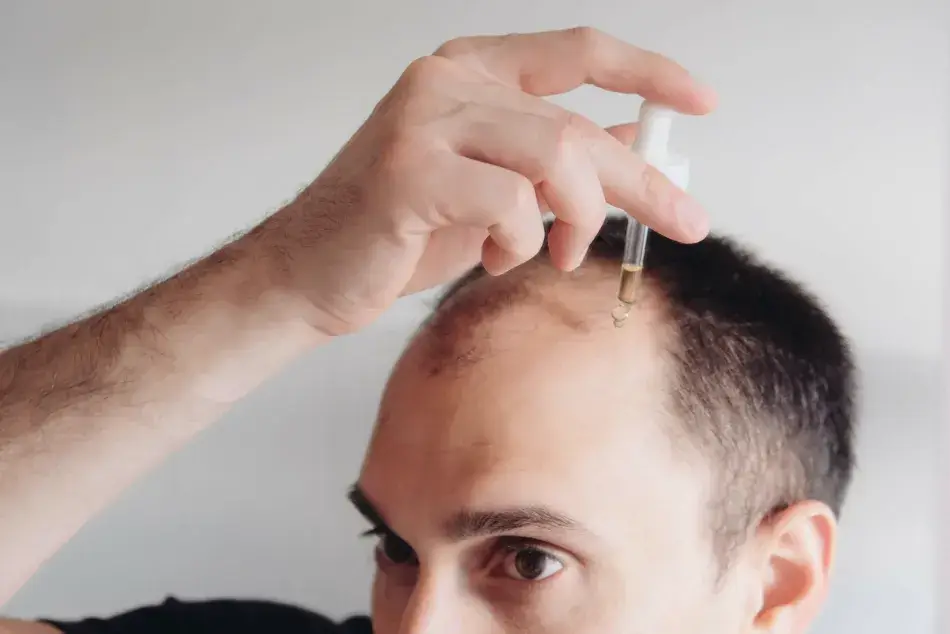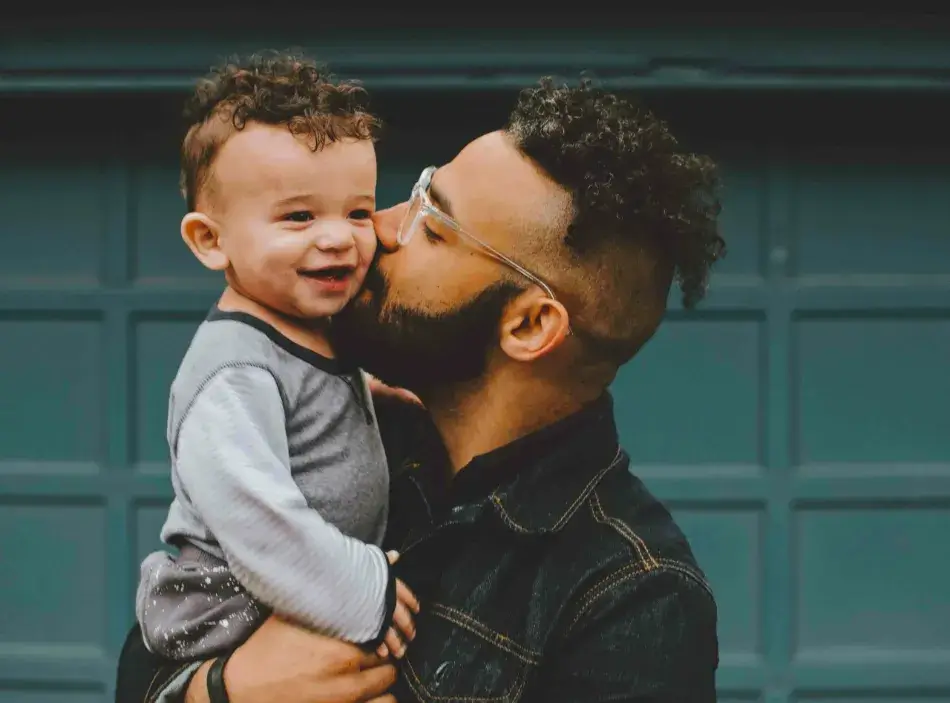Does minoxidil work for a receding hairline?
Minoxidil, an FDA-approved hair loss treatment, is primarily intended for crown balding—but can it help a receding hairline? Studies suggest it may work on frontal areas if applied early, though results vary. For advanced hairline loss, transplants or combination therapies may be more effective.




